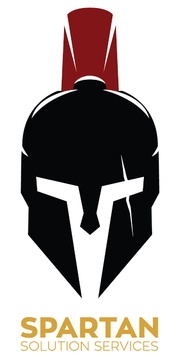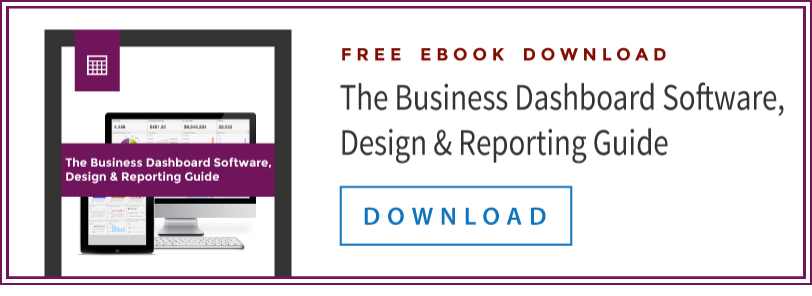Finding the right solution for cohesive and effective BI dashboard reporting can be a big challenge for IT teams. Clear communication and personalized reports require functional solutions that meet the expectations of today's technology-driven age. Delivering user-driven dashboards is one thing, but IT teams are often expected to meet management goals while providing engaging information that is valuable and easily accessible to every user level. Successful reporting is an enigma that can be overcome with focus on communication, organization, and a functional dashboard design.
The best way to communicate with each level of the user base is to provide relevant information that meets user-specific needs. Additionally, a powerful way to meet these needs is to implement a dynamic dashboard reporting program that can be modified to meet distinct objectives or focus on a particular business process. Designing an engaging dashboard and learning to utilize its software capabilities to your advantage are essential when trying to optimize analysis and user interface.
Sure, dashboards can help your company understand data, make better business decisions, and improve your ROI, but are your visuals truly successful? Are your users receiving critical information that is relevant to their goals? Keep these questions in mind as you plan your dashboard design and consider the following 5 best practices to make the most out of your dashboard reporting.
1. Metrics That Matter
There are a great many things to consider when choosing and using metrics. In general terms metrics refers to the numbers that represent a piece of data and its relationship to other dimensions. Now, as far as general terms go, that’s a pretty broad spectrum. Obviously every business collects and reports mountains of data, but an effective dashboard aims to break down this excess of information into concise and relevant visuals that are tailored to meet specific business objectives.
Some questions you will want to ask yourself when considering your metrics breakdown are:
- What objectives am I meeting? Are they company objectives or user specific?
- What data do you have at your disposal that may be relevant to your identified objectives?
- Can you design a meaningful metric that can contribute to meeting objectives?
- What information does the user need? In how much detail?
- Is one visual enough or does the objective require complex metrics?
- How might colors and icons help or hinder visual interpretation?
2. Create a Visual Story
 Your dashboard design should be concise and present a story that is easily discernible at a glance. Dashboards should be clean and relevant without clutter or overwhelming uses of color and text. Your content should fit neatly on to a single screen and provide a picture that’s worth a thousand words. The user benefits greatly from tidy visualizations as the process of comprehension and analysis becomes dramatically faster than text-based tables or crowded spreadsheets.
Your dashboard design should be concise and present a story that is easily discernible at a glance. Dashboards should be clean and relevant without clutter or overwhelming uses of color and text. Your content should fit neatly on to a single screen and provide a picture that’s worth a thousand words. The user benefits greatly from tidy visualizations as the process of comprehension and analysis becomes dramatically faster than text-based tables or crowded spreadsheets.
3. Goal: Customizable, Interactive Experiences for All Users
Flexibility is one of the greatest strengths of truly effective dashboard software. Every user will have their own objectives to meet and so no two dashboards should contain the same data dump of information. Relevance is extremely important to dashboard users so having a customizable dashboard with interactive capabilities becomes a major advantage. This technology allows users to narrow down their dashboard views, examining and analyzing the data that is most important to them.
This is the kind of adaptability and broad data connectivity that you will find in SAP Crystal Reports. Crystal Reports provides a platform that can analyze complex business logic and build complex reports while simultaneously being completely user-friendly. Interactivity and personalization enable the creation of custom content with very little training.
4. Use Equal Timeframes and Current Data
Data organization requires a specific understanding of your business’s important timeframes and an obvious filter that specifies where and when your data is coming from. Your underlying data should always be as current as possible and reflect current business goals and challenges. Be sure that old data – whether it’s organized by year, quarter, week, etc. – is properly labeled to avoid confusion. There is nothing worse than creating a false understanding of the current state of the company by presenting irrelevant and poorly labeled information.
5. Clean and Consistent Data Visualization Leads to Success
Your dashboard is a tool that make data interpretation simple and forthcoming. Consistency will help make your business dashboard clean by ensuring that users read every new presentation of data with a sense of ease and familiarity. Use the same chart scales and dimensions, and be sure to keep the use and meanings of colors consistent. Try to scale down numbers and avoid displaying more than three or four numerals. Keep your times and measures consistent with one another and avoid excessive data labels that clutter your charts and make them difficult to read. Scaling everything down to its simplest form with keep visualization simple and successful.
With these simple goals in mind you can achieve a business dashboard that is both beautiful and functional. Remember, planning your course of action before implementing a new dashboard will help you achieve success!





